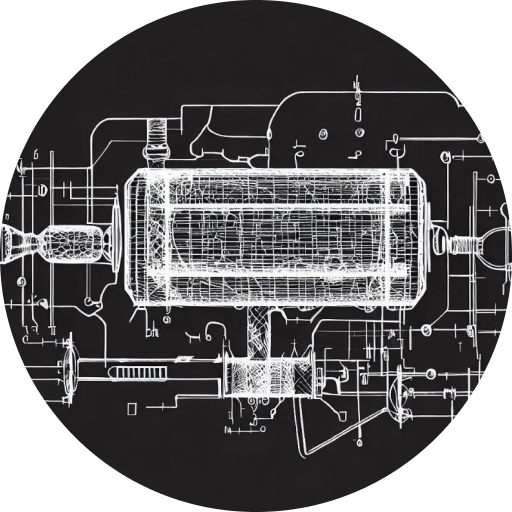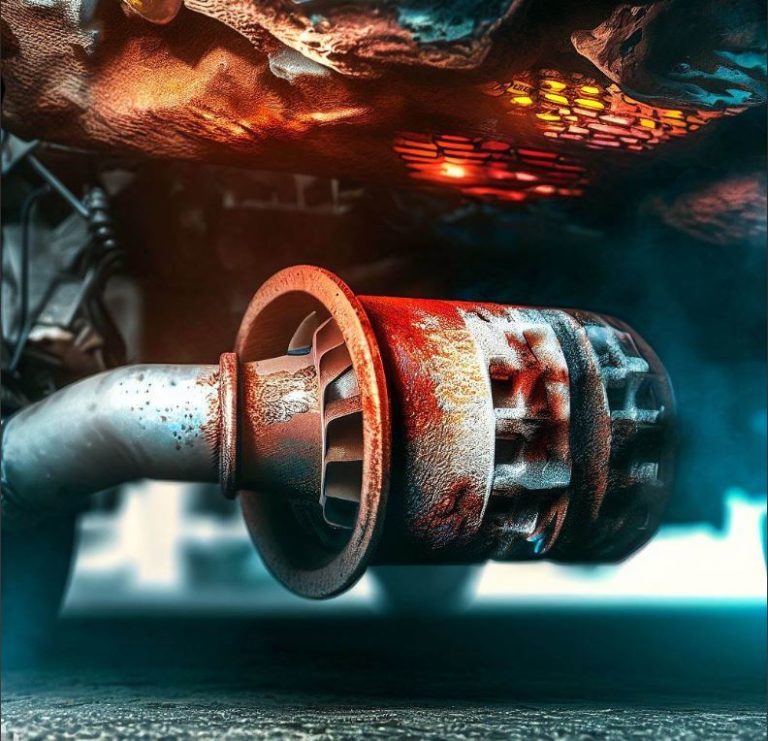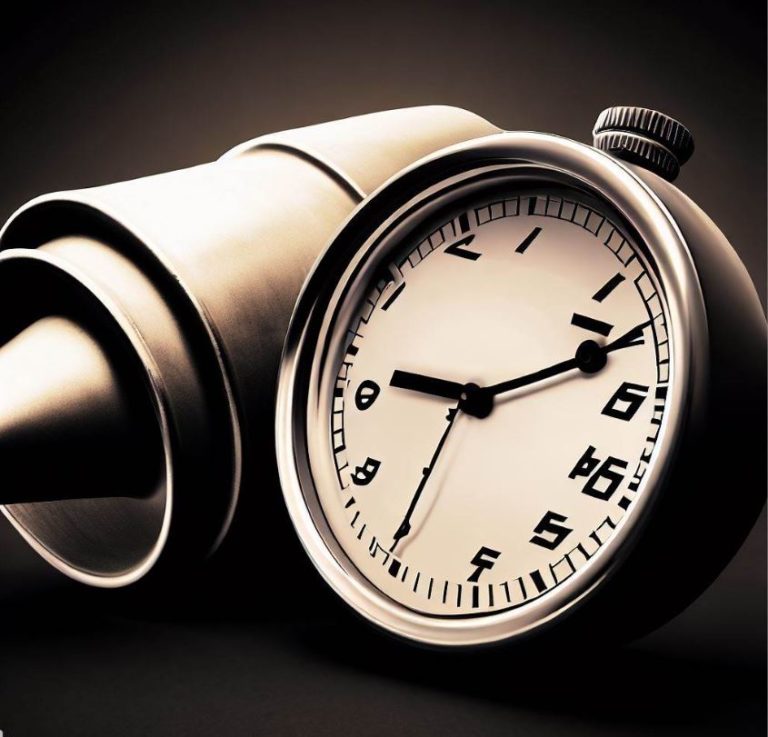Discover the Precious Metals Inside Your Catalytic Converter
Inside your catalytic converter, a surprising wealth of precious metals is at work, helping to reduce harmful vehicle emissions. These metals – platinum, palladium, and rhodium – play an essential role in the operation of the converter, facilitating the chemical reactions necessary to transform harmful gases into less detrimental substances. In this article, we will explore the role and value of these precious metals in your catalytic converter, corroborating with information from the U.S. Environmental Protection Agency.
Platinum: The Key Player
Platinum is perhaps the most well-known of the three metals, acting as the primary catalyst in the conversion process. Platinum’s high melting point and excellent conductivity make it ideal for the harsh conditions within the converter, enduring the high temperatures while facilitating the necessary reactions.
Palladium: The Versatile Assistant
Palladium’s role in the converter is to assist in the conversion of volatile organic compounds (VOCs) and carbon monoxide into less harmful substances, namely, carbon dioxide and water vapor. Its properties make it incredibly useful in this process, helping to increase the overall efficiency of the converter.
Rhodium: The Specialized Ally
Rhodium is used for its specialized abilities in reducing nitrogen oxide emissions, a significant source of pollution. Though its presence in the converter is less compared to platinum and palladium, it plays an equally vital role.
The Market Value of These Metals
Given the high market value of platinum, palladium, and rhodium, your catalytic converter is quite a treasure chest. This high value has unfortunately led to an increase in theft of catalytic converters, with thieves aiming to sell these precious metals.
Preserving Your Catalytic Converter
Given the risk of theft and the vital role of the catalytic converter in emission control, it’s important to take preventative measures to protect it. Options include engraving the vehicle identification number (VIN) on the converter, installing an anti-theft device, or parking in well-lit and secure areas.
Conclusion
Understanding the precious metals inside your catalytic converter illuminates the significant value – both economic and functional – of this essential car part. To further expand your knowledge on the topic, we recommend you read “The Precious Metal in Your Catalytic Converter: What is It?” and “Understanding What Metals are Found in a Catalytic Converter“.
- Upgrade Your Honda Accord with the Best Catalytic Converter for Enhanced Performance - October 30, 2023
- Boost Your Chrysler 300’s Performance with a High-Quality Catalytic Converter - October 30, 2023
- Enhance Your Jeep Liberty Performance with a Catalytic Converter - October 30, 2023









